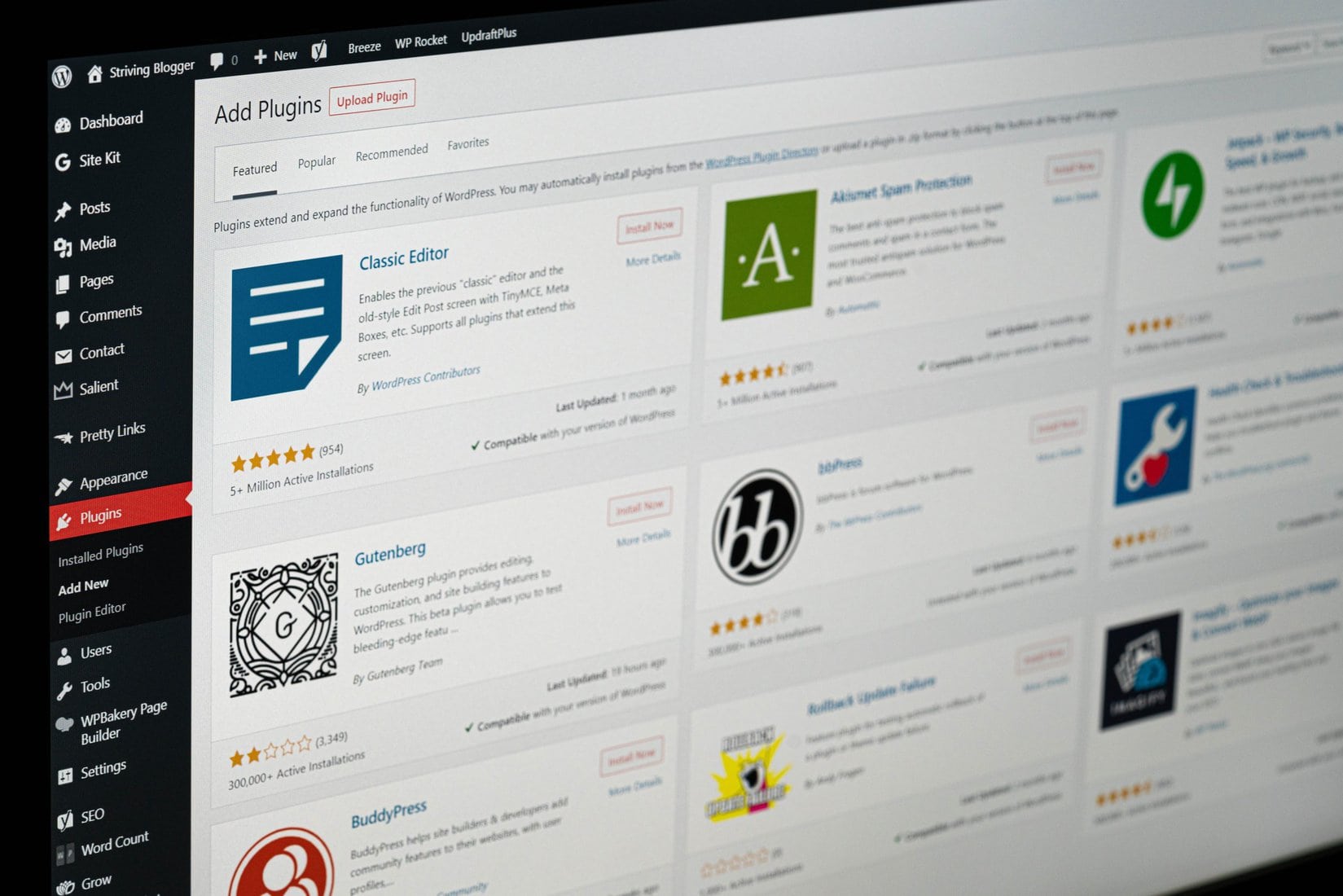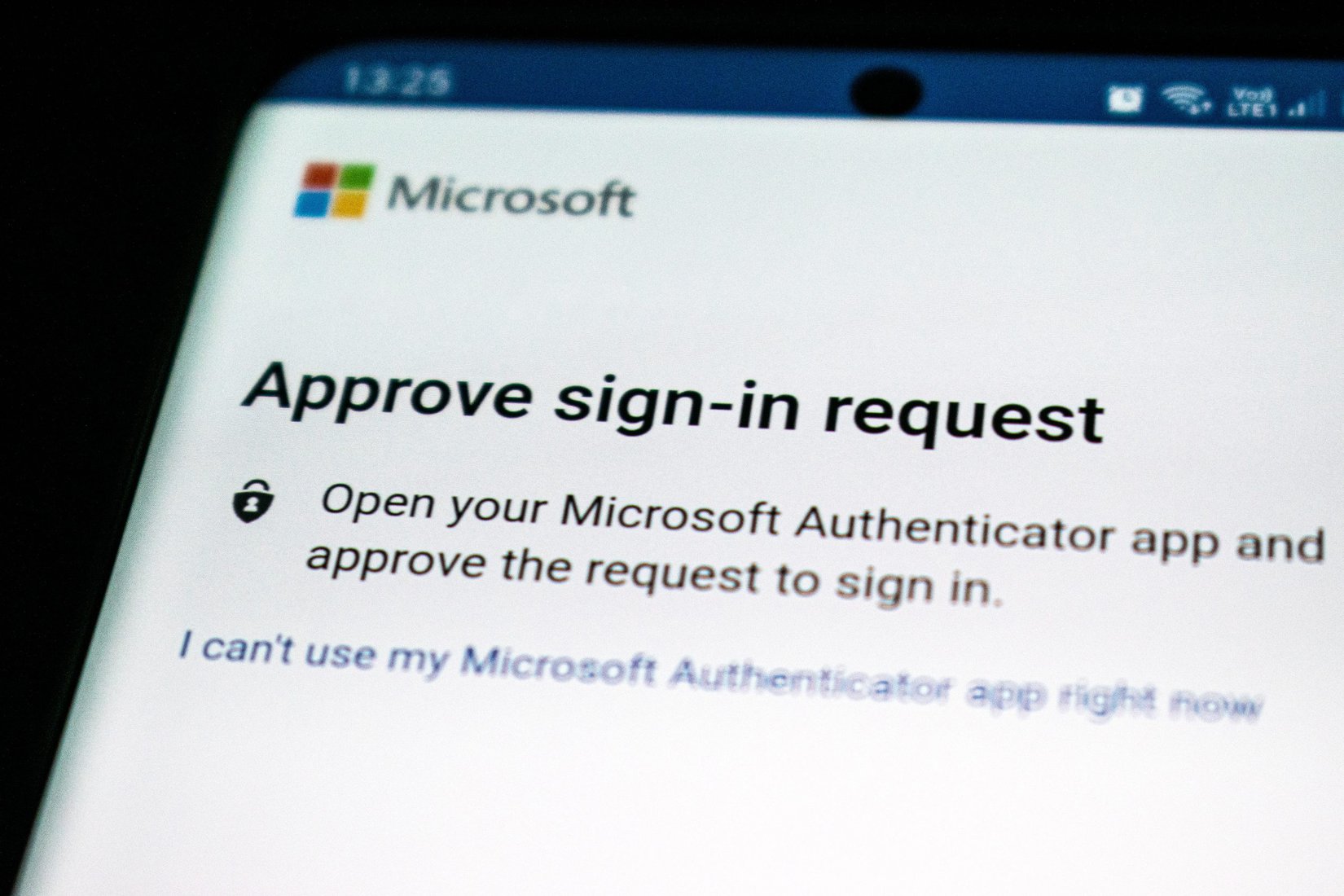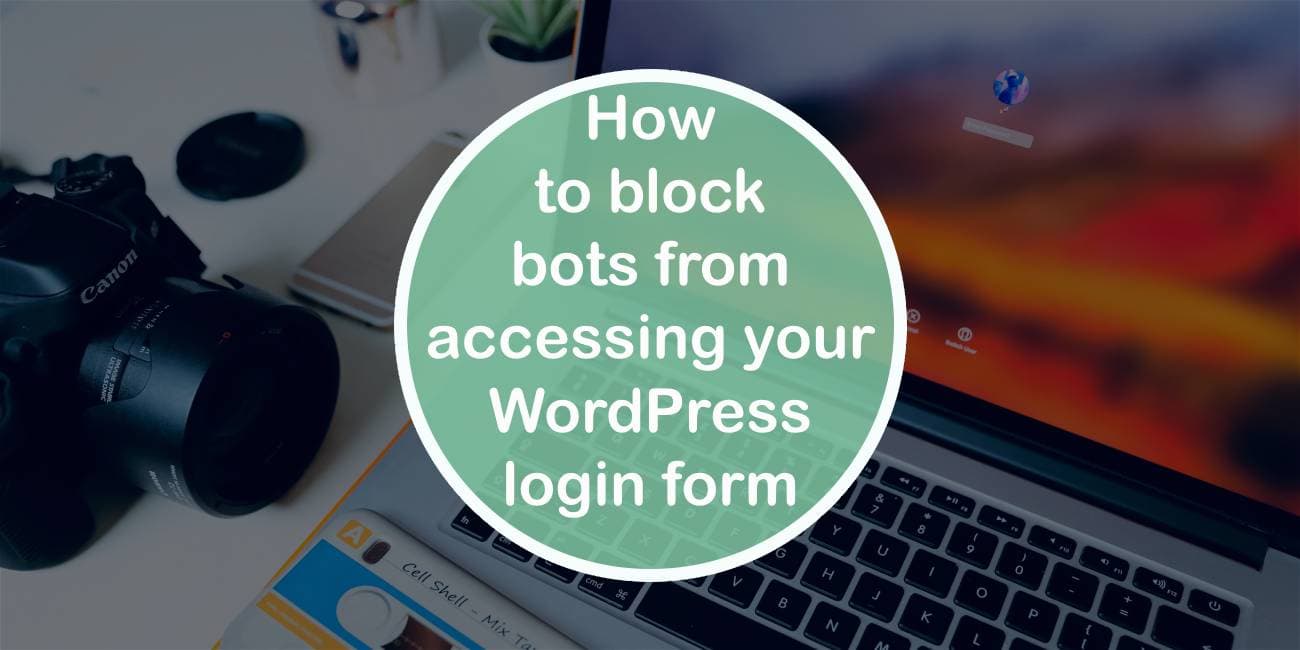WordPress is one of the most popular content management systems (CMS) on the web. It is used by millions of people to power their websites and blogs. Unfortunately, this popularity can also make WordPress sites vulnerable to malicious activity from bots. In order to protect your WordPress login form from such bots, it is important to know how to effectively block them from accessing it. There is a plugin that can help you with all that – WP Login Lockdown!
Why Block Bots?
Bots are automated software programs designed to perform specific tasks. Unfortunately, some bots are malicious and can cause harm to your website. One common type of bot is the brute-force attack bot that targets your WordPress login page with repeated login attempts using different username and password combinations. This can potentially give the attacker access to sensitive information or even take control of your website.
By blocking these bots, you can significantly reduce the likelihood of a successful attack on your website. One way to do this is by implementing a CAPTCHA system on your login page, which requires users to enter characters or numbers from an image in order to prove that they are human. Another method is by installing a plugin specifically designed for blocking bad bots from accessing your site.
Furthermore, blocking bots can help improve website performance by reducing server load caused by unwanted traffic generated by malicious bots. This will result in faster load times and better overall performance for legitimate visitors trying to access your site. With so many benefits, it’s clear why blocking bots should be a priority for any website owner concerned about their online security and user experience.
Identifying Bots
Bots are automated programs that mimic human behavior and can be used for various purposes. While some bots are harmless, others may pose a security risk to your website by attempting to hack into your WordPress login form. It is important to identify and block these bots from accessing your site.
One way to identify bots is through analyzing their user agent string. This strings typically contain information about the bot’s operating system, browser, and other identifying markers. You can use a plugin such as WP Security Audit Log or server logs to view this information.
Another method is through analyzing the traffic patterns on your website. Bots tend to visit pages at faster rates than humans do, so if you notice an unusual amount of traffic hitting your login page it could be a sign of bot activity. You can use plugins such as Jetpack or Google Analytics to monitor traffic patterns on your site.
Once you have identified suspicious bot activity, it is important to take action by blocking them from accessing your WordPress login form. You can do this through plugins such as Wordfence or by using .htaccess rules in Apache servers. By taking these steps, you can ensure the security of your website and protect sensitive user data from potential threats posed by bots.

WordPress Plugin Solutions
WordPress is a widely used content management system, and its popularity makes it a target for hackers. One way hackers can gain unauthorized access to your website is by using bots that try different username and password combinations on your login page until they find one that works. To prevent this, it’s important to block bots from accessing the WordPress login form.
One solution to this problem is to use a WordPress plugin like WP Cerber Security or Jetpack Protect. These plugins offer features such as brute force protection, which limits the number of login attempts in a given time period, and CAPTCHA verification, which requires users to prove they are human before logging in. Another option is to use the Google reCAPTCHA plugin, which adds an extra layer of security by requiring users to solve simple puzzles before accessing your site.
In addition to using plugins, there are other steps you can take to protect your WordPress login form. These include creating strong passwords for all user accounts, restricting access based on IP address or country, and enabling two-factor authentication for added security. By taking these measures and using WordPress plugins designed for blocking bots from accessing your login form, you can significantly reduce the risk of unauthorized access to your website.

Manual Security Tips
One of the simplest ways to protect your WordPress login form from malicious bots is by blocking their IP addresses. This can be done manually by accessing your website’s cPanel account and navigating to the Security section. From there, you can add a list of IP addresses that you want to block from accessing your site.
Another option is to use a plugin like Wordfence, which offers several security features, including the ability to block specific IP addresses or entire countries from accessing your site. Additionally, Wordfence can detect and block known bot networks automatically.
It’s also important to make sure that your WordPress login page has strong password requirements and two-factor authentication enabled. By implementing these additional security measures, you’ll reduce the risk of unauthorized access and keep your website safe from attacks.
Understanding CAPTCHAs
CAPTCHA stands for “Completely Automated Public Turing test to tell Computers and Humans Apart”. It is a security measure used to prevent automated bots from accessing websites. CAPTCHAs usually require the user to solve a challenge that only humans can do, such as typing in distorted letters or clicking on certain images. By doing so, the user proves that they are not a bot.
In WordPress, adding a CAPTCHA to the login form can help prevent brute-force attacks and other malicious activities. There are several plugins available that allow you to easily add a CAPTCHA to your WordPress site, such as Google reCAPTCHA and WPForms. These plugins offer different types of challenges and customization options, so you can choose the one that best fits your needs.
While CAPTCHAs can be effective in blocking bots from accessing your WordPress login form, they may also inconvenience legitimate users who have difficulty solving the challenges. Therefore, it’s important to strike a balance between security and usability when implementing this security measure.

Other Protection Strategies
Another protection strategy to consider is using two-factor authentication. This adds an extra layer of security by requiring a second form of verification in addition to your password. This can be something like a code sent to your phone or an app that generates a unique code for you to enter. Two-factor authentication makes it much harder for bots or hackers to gain access to your WordPress account even if they have somehow obtained your password.
Another approach is IP blocking. If you are noticing repeated attempts from the same IP address, you can block that address from accessing your website entirely. This won’t stop determined attackers who are using multiple IPs, but it can be effective against less sophisticated bots or attackers who are trying a brute-force attack from one location. You can use plugins such as iThemes Security or Wordfence to implement this feature on WordPress easily.
Lastly, keep in mind that simply changing the default login URL of WordPress (which is usually wp-login.php) might also help with preventing bots and other malicious attacks from targeting your site’s login page directly.
Conclusion: Secure Your Login
In conclusion, securing your login is a critical step in protecting your website from malicious attacks. By blocking bots from accessing your WordPress login form, you are preventing automated hacking attempts and strengthening the overall security of your website. This can be done by implementing simple measures such as installing security plugins that have bot-blocking features or modifying the .htaccess file to block specific IP addresses.
Additionally, it is imperative to ensure that all user accounts on your website have strong passwords and two-factor authentication enabled. This will make it more difficult for hackers to gain unauthorized access even if they manage to bypass the bot-blocking measures. Regularly monitoring login activity and keeping software up-to-date also plays a crucial role in maintaining website security.
In today’s digital age where cyber threats are becoming increasingly sophisticated, taking proactive steps to secure your login can go a long way in safeguarding sensitive data and preventing devastating cyber-attacks.

